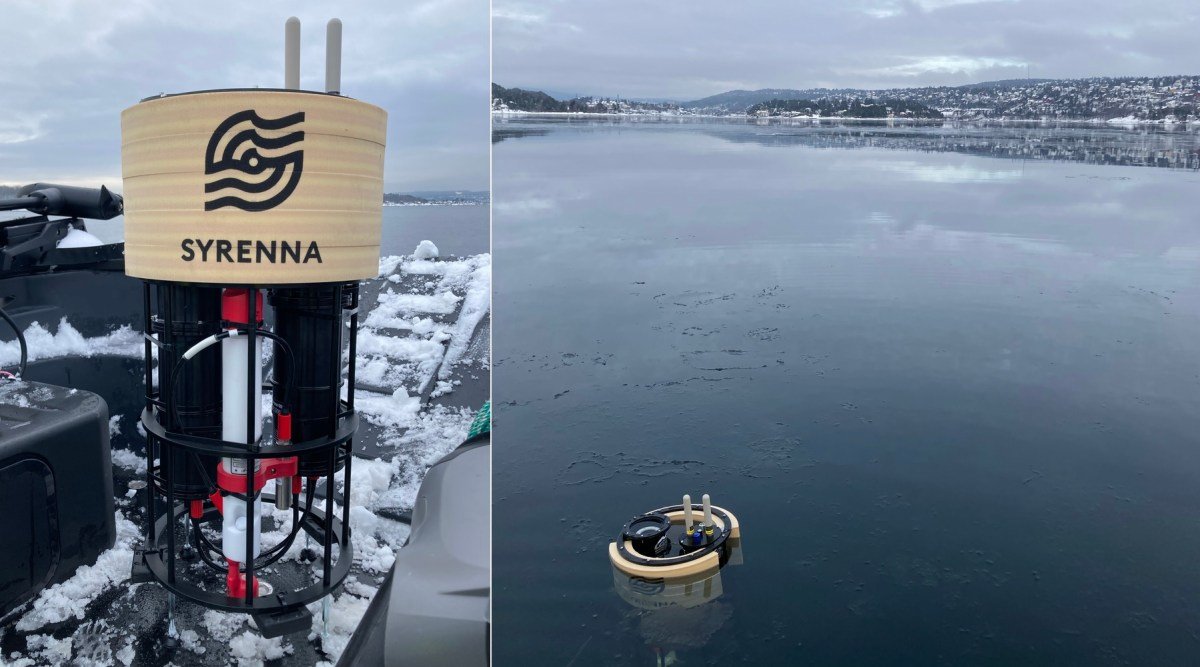The ocean, though crucial to countless industries, remains largely mysterious to us. While we have a wealth of knowledge about the surface of the ocean, our understanding of what lies beneath is lacking. However, a new company named Syrenna is poised to change that with its groundbreaking robotic platform. This platform acts as a mobile weather station for the sea, enabling precise, real-time monitoring of Earth’s largest liquid asset.
It may surprise you to learn just how little we actually know about the ocean. While we have a general understanding of trends and patterns, specific details such as temperature, salinity, and levels of microplastics are largely a mystery. Expanding our knowledge of the ocean is crucial, as it affects industries such as fishing, oil and gas, tourism, and more. But currently, the methods we have for monitoring the ocean are either labor-intensive or costly.
Syrenna’s solution is a revolutionary one, combining multiple methods into one versatile robot. This robot is able to control its own depth while maintaining a fixed location, allowing for continuous and precise data collection of important marine metrics.
“There is such a clear need for safe, reliable, and continuously updated data about water quality,” said Ester Strommen, CEO and co-founder of Syrenna. “Widespread use of technology will drastically increase our knowledge of how our oceans are actually doing.”
The uses for this technology are numerous and varied. It could be used to detect harmful bacteria, track pollution and species, monitor global warming, and even conduct subsea surveillance.
A prototype of the robot, called the WaterDrone, was recently revealed in Oslo, where Syrenna is based. This robot, developed by Alex Alcocer, utilizes parts licensed from Oslo Metropolitan University’s OceanLab. The robot is fully sealed against the water and incorporates a unique swim bladder for precise depth control. It is also anchored by a proprietary tether, ensuring stability even in rough seas. The battery is designed to last a full year and can be recharged when the robot resurfaces to transmit its data through Iridium’s satellite network.
Syrenna recently conducted a successful pilot test in Oslofjord, working with Norwegian marine research organizations NIVA and IMR. They plan to continue testing in the wild in hopes of providing valuable data to various industries, governments, and for basic research purposes.
The cost of the WaterDrone is significantly lower than traditional monitoring methods, making it accessible to a wider range of customers. Governments, energy companies, and other organizations can now use this technology to monitor their local waters.
“The final cost of the robot is not set yet, but Strommen was clear that it’s a fraction of the cost of autonomous surface or underwater vehicles and the crewed ships that have to deploy and maintain them,” reports the company. “Think on the order of hundreds of thousands for years of active deployment.”
Syrenna’s business model is simple: customers buy the robots. They also plan to share collected data with the public, partnering with organizations like Hub Ocean to release valuable information on ocean temperatures, pollution, and other trends.
The company plans to continue expanding, with potential future funding to support manufacturing efforts. Thanks to initial investments from private and public sources, including Antler and the industry-specific accelerator Katapult, Syrenna is well on its way to revolutionizing ocean monitoring.
It’s an exciting time to be in the field of ocean exploration and conservation. As more and more companies focus on ways to gather information about the ocean, we may soon have a more comprehensive and actionable understanding of this vital ecosystem.








